Review: LG Lucid 3 for Verizon Wireless
The Lucid 3 runs Android 4.4.2 KitKat with LG's user experience dropped on top.
The lock screen is fairly flexible. It can be set to show only the clock, or the clock plus shortcuts and notifications. Users can choose to add a password of some sort, as well as current-location weather updates.
There are five home screen panels active out of the box. Three are littered with widgets and shortcuts, but of course all of them can be modified in any way the user sees fit. There's a dock at the bottom of the screen for your four favorite apps, plus the app menu.
The pull-down notification shade provides shortcuts to control the wireless radios and LG's QSlide apps. These controls, however, take up half the screen, leaving less room to view the actual notifications. At least you can reorder and customize the shortcuts if you want to.
The main menu is a grid of apps. LG offers plenty of flexibility to customize it. You can view the main menu with large icons (default) or small icons to fit more apps on each individual page. You can sort apps alphabetically or via install date. You can't, however, view them in list form. Apps can be hidden from view, (though they remain installed,) but LG nixed the tool that made deleting bloatware a breeze. This makes me sad.
Anyone familiar with Android will feel right at home with the Lucid 3's settings menu, which functions just as on other Android devices. The settings are dressed up with LG's colors and icons, but the organization and functionality are intact. Users can tweak most facets of the Lucid 3. For example, the Lucid 3 includes a half dozen different fonts. There are three themes pre-installed, the notification LED can be customized (different colored patterns for the light-up Home button,) wallpapers can be changed throughout, and so on.
As far as performance goes, the Lucid 3 uses a 1.2 GHz quad-core Qualcomm Snapdragon 400 processor. This is Qualcomm's low-cost chip for volume devices. We've tested it before and found it to work well. The 400 does a fine job for the Lucid 3. I didn't notice the Lucid 3 stopping to catch its breath while testing it. I was able to play games like Temple Run 2 with no issue.
Calls and Contacts
The software dialpad is large enough so that it may be used with ease. The phone app provides tabbed access to call history, contacts, favorites, and groups along the top. In-call options run the standard, such as add a line, send to Bluetooth, hold, reject with message, or mute. You can also open the notepad and messaging apps, or toggle on/off noise reduction (which makes calls clearer for those with whom you speak.) The Lucid 3 lacks some of the advanced calling features found on the G2 or G Flex, such as Answer Me.
The phone app is one of the QSlide apps. There's a button in the phone dialer that minimizes the phone app, but leaves it open and running on top of other apps. This means you can always have the phone controls front and center while performing other tasks. QSlide apps take some getting used to, but they are helpful once you learn what they can do.
LG's contacts application doesn't really differ from the stock Google version, apart from the look and feel. Within the contact app itself, you can choose which account(s) it syncs with and/or displays, how contacts are arranged, and easily lump them together into groups. The Lucid 3 has several contact widgets for the home screen. My favorite is a 3x3 grid that shows my favorites. As with the phone, the contact app can be minimized as one of the QSlide apps and left running on the home screen or on top of other apps if you want.
Messaging
The Lucid 3 follows the same path set by other recent Verizon phones, such as the HTC One and Samsung Galaxy S5. Verizon Messaging is set as the default messaging application and it handles SMS/MMS. Verizon Messaging offers access to some neat extras. For example, it includes its own set of animated emoticons. The app can be used to create a postcard, as well as to record a voice message or send a Glympse. Glympse is a location-sharing tool. I was able to send my location data to other phones quite simply. The app lets you control how long the location details are visible to the other person. The shortest period of time is 15 minutes and it stretches up to two hours. You can follow the person live on a map, as well as map directions between the sender and recipient.
Beyond these tools, the functionality of Verizon Messaging is OK, but I find it lacks polish. It also lacks templates with pre-composed messages. The LG-designed keyboard is rather small, but makes up for it by adding a row for special characters, such as punctuation.
Since Google allows Android device owners pick which app they want to use for SMS, you can ditch the Verizon app if you want and use the stock SMS app or Google+ Hangouts, both of which are hidden in folders created by Verizon.
Aside from Google+, no other social networks are installed. You'll have to snag Facebook, Twitter, and others from the Google Play Store. The Lucid 3 does have the standard Gmail and email applications, both of which function well.
The phone also has a dedicated app for receiving emergency alerts. In fact, the device alerted me to a warning about potential flooding thanks to the six inches of rain that pelted New Jersey this week.


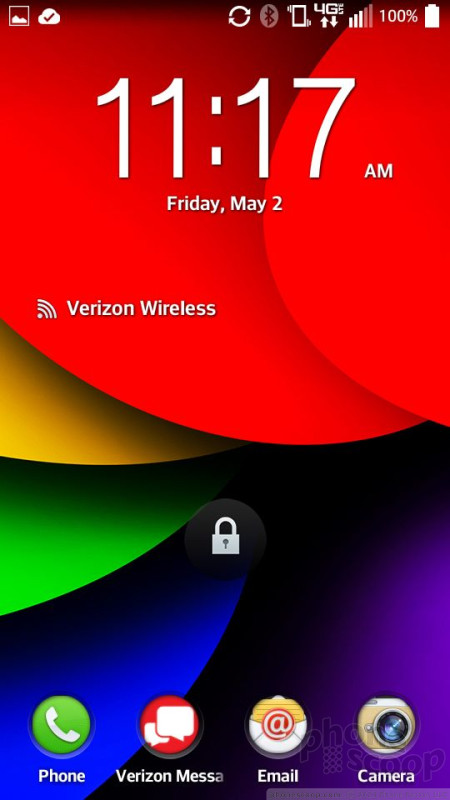









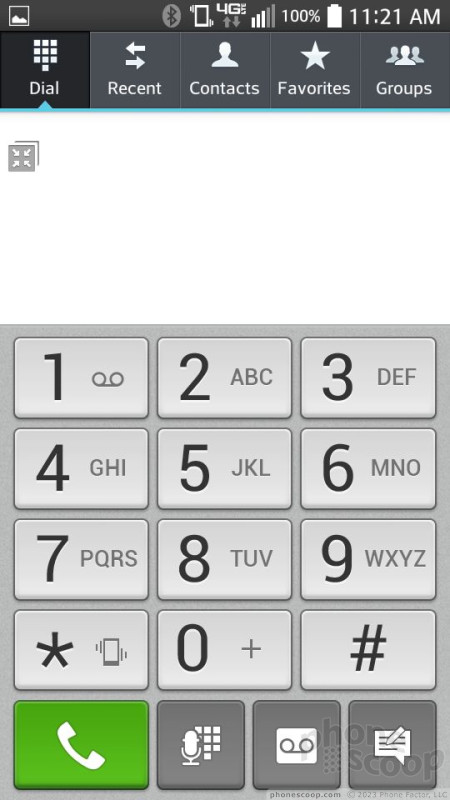



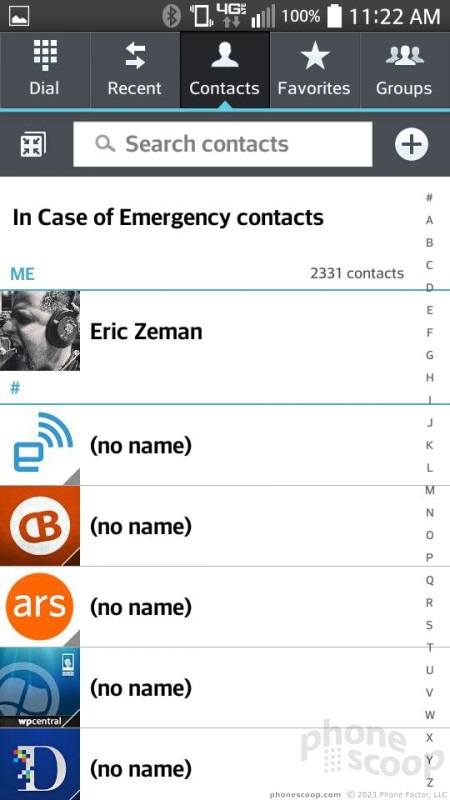


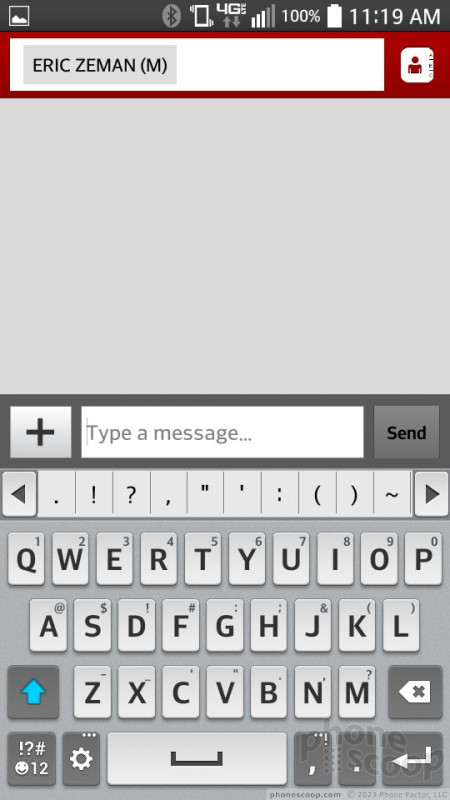





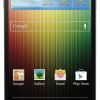 Verizon Adds LG Lucid 3 to Inexpensive Phone Roster
Verizon Adds LG Lucid 3 to Inexpensive Phone Roster
 iPhone 14 Plus Offers a Big Screen For Less
iPhone 14 Plus Offers a Big Screen For Less
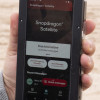 Qualcomm Taps Iridium for Satellite Connectivity
Qualcomm Taps Iridium for Satellite Connectivity
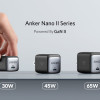 Anker's New GaN Chargers Offer High Wattage in Tiny Package
Anker's New GaN Chargers Offer High Wattage in Tiny Package
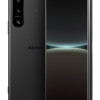 Sony's Newest Compact, High-End Phone is the Xperia 5 IV
Sony's Newest Compact, High-End Phone is the Xperia 5 IV
 LG Lucid 3
LG Lucid 3




